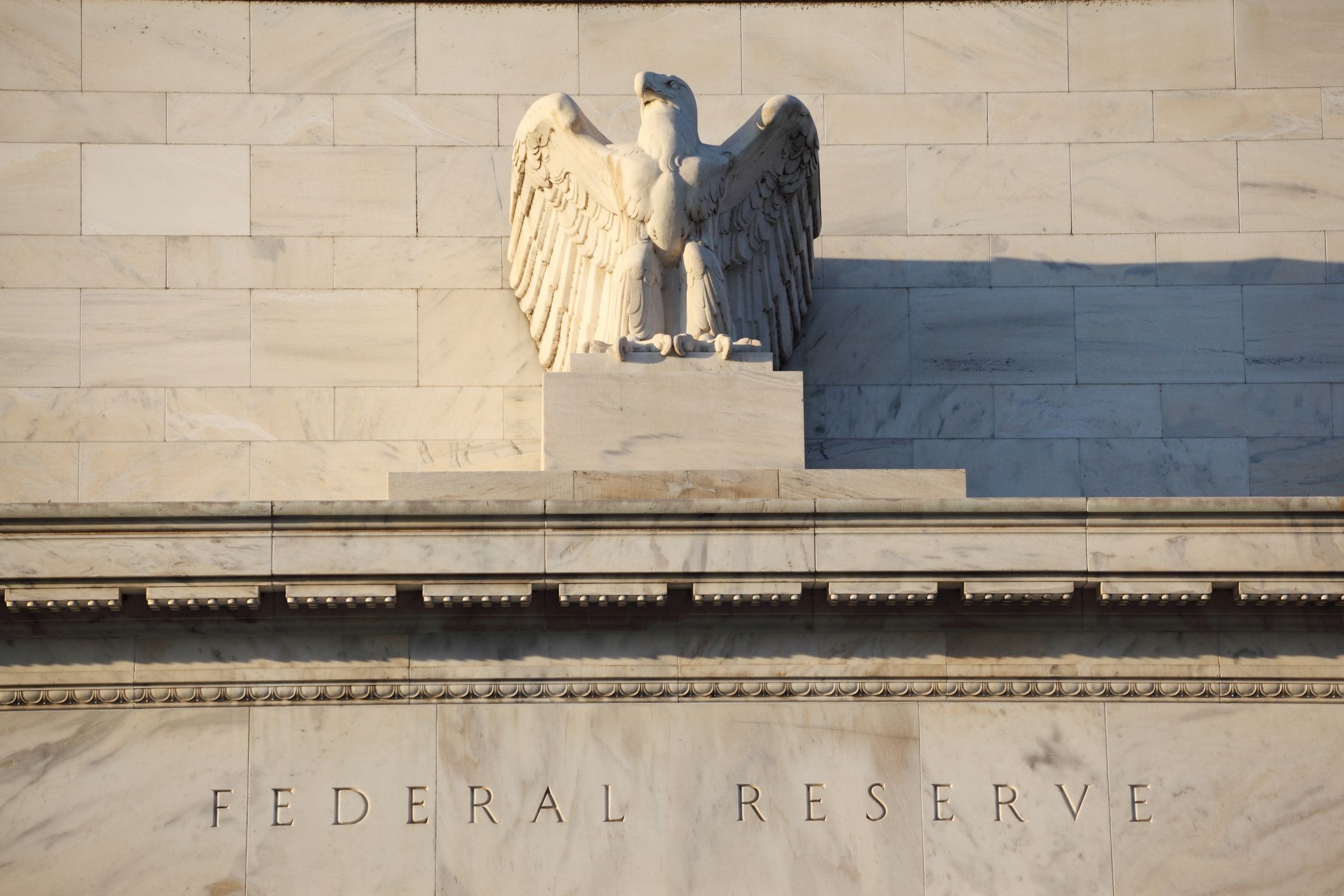The Coronavirus Drove the Fed's Rate Cut, But is that a Good Thing?

It feels like ten years have passed in the last ten weeks since the coronavirus began cutting its way through populations, first in Asia and now across the globe. Our news feeds are filled with daily infection updates, new cities, new theories on how it spreads, along with stock market gyrations. And so it was not entirely unexpected today that the U.S. Federal Reserve announced that it would cut its benchmark rate by 0.50% to a ceiling of 1.25%. What is going on here?
While we are not public health officials, at TRA we can and do look at the coronavirus from a credit risk lens. To date, the coronavirus has not spread widely throughout the U.S. That’s great news, but people and markets are anxious. At this early stage, speculation is rampant, with some outlets stating the virus will be a global pandemic, while others suggest our fears are overblown.
We think it’s fair to look at the coronavirus the same way people look at religion. Whether or not you believe in the coronavirus, others do, and that matters. That is inherently why the Fed lowered rates today. The Fed’s move is simply trying to calm the markets amid this phase of rampant, early speculation to get investors and consumers to behave more rationally. It will add more liquidity in the short term and could potentially ease the pain of a coming recession. This move will make the Fed look smart, even prescient, if the virus’ impact slows or even stops.
Of course, if the virus is a malignant threat to our health and economy, the Fed’s moves will not likely prevent a broader deterioration in macro conditions. Consumers don’t look at Fed rate policy to determine spending habits at local restaurants or home purchases amid a global public health emergency. The movement of money will ultimately slow, many businesses will face mounting fiscal pressure, and certainly it is possible we could slip into recession. And if the global or U.S. economies do slide into recession, we will now have less flexibility in our monetary policy to reinvigorate the economy due to the Fed’s rate cut. The effects on commercial real estate and beyond would be real, but at this stage, impossible to quantify, but the industry could face pain.
The most vulnerable asset class would most likely be retail and restaurants. Less traffic means less revenue. Industrial and office could soon follow. Factory lines may shut, or slow, and non-essential office workers would likely stay home. If this goes on long enough, getting people back to work like in the pre-coronavirus days may be more and more challenging. Upkeep on assets could also slow, both from the virus and the possible recession. Spare parts could take longer to deliver, and maintenance personnel could also be slower to get back to work. All of this could spell weaker cash flow on assets.
At this point, we all hope the threat from the virus subsides. But if it does not, it is important for asset managers and ownership groups to make plans for a tougher slog.